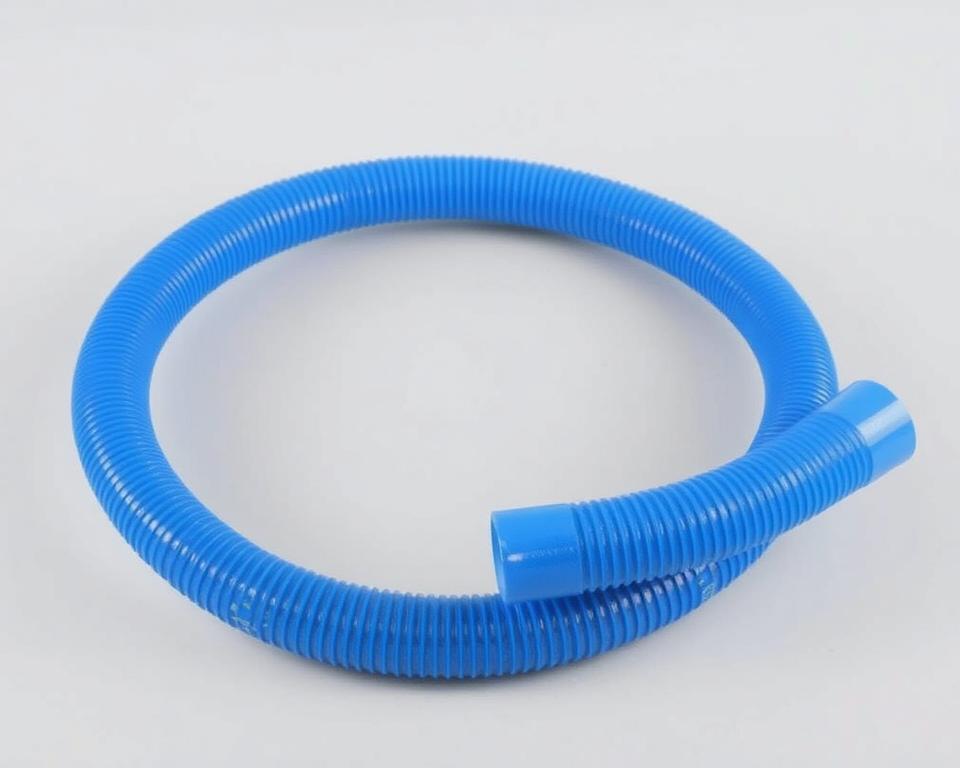PVC Pipe for Air Compressor Lines: Your Complete Guide
You might be surprised to learn that a failure in a compressed air system can unleash power on par with dynamite. Many facilities still use piping systems made from risky materials, unaware of the dangers. This guide explains why safety should come first when using PVC pipe for air compressor lines.
Despite growing interest in certain materials, OSHA strictly prohibits their use in above-ground applications. Oil contact and repeated temperature swings degrade these pipes, risking sudden ruptures. Even at “safe” pressure ratings, the risk of explosions remains high.
For reliable alternatives, Installation Parts Supply offers durable solutions like aluminum. Using approved materials saves you from fines and enhances safety. Discover steps to construct a secure system.

Essential Summaries
- OSHA prohibits specific piping for air lines because of blast hazards.
- Pressure ratings drop as temperatures fluctuate.
- Long-term exposure makes pipes prone to brittle breaks.
- Switching to aluminum vastly improves safety.
- Invest wisely to dodge fines and protect staff.
The Risks of PVC in Air Compressor Lines
PVC makers caution never to employ it in high-pressure air setups. Compressed air carries destructive energy; a burst is like a dynamite blast. Select your piping wisely to avoid deadly failures.
- Brittleness: Cold snaps make pipe walls brittle and prone to cracking.
- Adhesive failures: Temperature changes and oils cause adhesive joints to fail.
- Misleading ratings: Pressure capacity drops 50% at 110°F—most workshops exceed this.
A facility faced a $110k penalty when PVC shattered and harmed employees. Compression heating lowers allowable pressure even more—often ignored.
“Above-ground use of certain plastics for compressed air violates OSHA standards due to explosion risks.”
Metal alternatives fail more predictably, bending rather than fragmenting. PVC shards fly far and fast, causing collateral damage.
Daily heat and cold cycles in a workshop degrade plastics rapidly. Over 10 years, UV exposure and chemical interactions further compromise integrity, turning minor leaks into major hazards.
Safe Alternatives to PVC Pipe for Air Compressor Lines
Aluminum piping systems outperform traditional options in both safety and efficiency. Black pipe vs. aluminum: aluminum wins with 90% fewer leaks. Their lightweight design and corrosion resistance make them ideal for long-term use.
Threadless modular aluminum assemblies speed assembly. Prebuilt snap-together aluminum runs come from Installation Parts Supply. One auto factory trimmed labor hours by 40% via aluminum retrofits.
- Copper: Best for cleanrooms due to natural antimicrobial properties. Requires soldering expertise.
- Stainless Steel: Resists rust in humid areas like coastal workshops.
- ABS/HDPE: Plastic choices like ABS or HDPE handle harsh chemicals.
“Our aluminum retrofit reduced energy waste by 15%—paying for itself in 18 months.”
Torque matters. Too tight splits fittings; too loose lets air escape. Stick to recommended 25–30 ft-lb torque for aluminum.
Use NSF-certified materials when air quality is critical. Choose pipe rated for your specific operating environment.
Selecting the Best Air Compressor Piping
Selecting the best material for your setup requires balancing cost, safety, and efficiency. Switching to aluminum saved a factory $12k each year. Follow these tips to pick wisely.
| Material | Cost (per ft) | Maintenance | ROI Time |
|---|---|---|---|
| Aluminum | $8.50 | Low | 18 months |
| Black Pipe | $5.00 | High | N/A |
| Copper | $10.20 | Medium | 24 months |
Temperature matters. From arctic chills to high heat, aluminum outperforms. For chemical-heavy environments, stainless steel resists solvents.
Pro Tip: Calculate ROI using CFM loss formulas. A 10% air leak in 50 HP equals about $3,500 annually.
- Match PSI ratings to your compressor’s output.
- Keep records of inspections and tests to satisfy OSHA.
- Request a free system audit from Installation Parts Supply.
“Our aluminum retrofit cut energy waste by 15%—paying for itself in 18 months.”
Hire pros for big installs to guarantee airtight connections. Don’t forget to read the fine print on warranty lengths.
To Summarize
Safety outweighs sticker price in compressed-air piping. Studies show 92% of failures happen in older systems, often with dangerous results. With 99.8% uptime, aluminum is the clear long-term choice.
Key takeaways:
- Never use pipes that can fragment violently.
- Metallic lines beat plastics on both safety and durability.
- Failing to comply can cost you big in fines and claims.
Time to make the switch? Installation Parts Supply provides same-day quotes and limited-time discounts on starter kits. Access a complimentary maintenance template or request urgent replacements.
Invest in secure lines now to protect your crew.

